9 Well-Known First Aid Methods That 90% of People Perform Incorrectly
Knowing basic first aid methods is very important, but it’s crucial to perform them correctly so as not to compromise the life you’re trying to save.
FunnyModo describes several of the most widely spread mistakes people make when performing first aid.
1. Curing wounds with hydrogen peroxide, iodine, and alcohol can be dangerous.
What’s wrong about it: Peroxide destroys connective tissue cells, preventing the wound from healing. Iodine and alcohol burn healthy cells and can induce pain, shock, and burns if applied to a wound.
Doing it right: Wash the wound with clear drinking water or boiled water, and then apply a healing ointment with an antibiotic. A Band-Aid or bandage should not be applied unless absolutely necessary, otherwise the wound will get wet and take longer to heal.
Source: prevention.com
2. Cardiac compressions can lead to rib fractures and lung damage.
What’s wrong about it: Cardiac compressions can easily result in broken ribs, which may seriously damage the lungs and heart.
Doing it right: You should only do cardiac compressions if you’re sure the person has no pulse, isn’t breathing, and there’s no doctor around. While one person is calling an ambulance, another does heart compressions with the rhythm of 100 per minute (to beat of Staying Alive by the BeeGees). For babies, it’s done with the fingers and in another rhythm. The mouth-to-mouth resuscitation should be performed when the heart is going. You must also know when to use an aed before or after cpr.
Another option is to do 30 compressions and 2 breaths, then repeat. Learning and performing correct CPR from a class like CPR Certification Wichita classes is a great advantage.
Sources: firstaidreference.com, mayoclinic.org
3. Paracetamol may lead to liver issues.
What’s wrong about it: Paracetamol, or acetaminophen, relieves pain and inflammation and is a part of many popular drugs. Its overdose may cause liver and kidney failure.
Doing it right: Measure the dose carefully. The maximum single dose for adults is 1 g (4 g per day). Acetaminophen is present in many drugs, especially anti-flu ones, and combining medications can easily lead to an overdose and its consequences.
Sources: prevention.com, patient.info
4. Don’t throw back your head or lie on your back with a nosebleed.
What’s wrong about it: If you do this, the blood pressure in your head rises. You can’t know how dangerous the bleeding episode is, so the blood can get into your lungs or cause vomiting.
Doing it right: Hold your head upright to reduce pressure, apply a cold pack, and then close either nostril with your finger for 15 minutes. Do the same for the other while breathing with your mouth. If the bleeding doesn’t stop, repeat. If it persists even then, or if it’s caused by an injury, call an ambulance.
Sources: webmd.com, prevention.com
5. Don’t pull a road accident victim from the car or help them into a more comfortable position.
What’s wrong about it: Most deaths in road accidents occur because of neck and spine injuries. The slightest move in an attempt to help a victim may kill them or render them paralyzed.
Doing it right: If a person is injured with a risk of head, neck, or spine trauma (for example, they don’t feel their limbs, but there’s no blood), call an ambulance and watch the victim’s breathing until the doctors arrive. Remember, once the necessary medical attention has been provided, individuals may seek legal advice, including maximizing compensation with a personal injury lawyer, if deemed necessary.
Sources: prevention.com, redcross.org
6. You shouldn’t take vomit-inducing drugs in case of serious poisoning.
What’s wrong about it: Emetic drugs can cause an esophageal burn and make way for poisoned vomit into the lungs.
Doing it right: In a suspected poisoning, call an ambulance, describe the symptoms and a probable source of poisoning, and write down the prescribed actions. Don’t try to assess the danger yourself or seek advice on the Internet: drug overdoses or alcohol intoxication may be as hazardous as a glass of gasoline drunk in a gulp. Without qualified help, the victim may die within an hour.
Sources: mayoclinic.org, redcross.org
7. Applying a tourniquet to stop bleeding can lead to amputation.
What’s wrong about it: An incorrectly or unnecessarily applied tourniquet may result in excess limb pressure. It doesn’t stop the bleeding but prevents blood circulation which leads to necrosis.
Doing it right: Apply a large amount of sterile gauze or clean cloth to the wound and press tightly — this should be enough until the ambulance arrives. The only exception is a serious bleeding where the risk of death is higher than that of losing a limb.
Source: realfirstaid.co.uk
8. Don’t put a spoon into the mouth or pull the tongue of a person having a seizure.
What’s wrong about it: When in a fit, a person can swallow or choke on an object placed into their mouth to protect the tongue.
Doing it right: A person may start shaking uncontrollably and even go purple, but seizures are self-limiting, and the body is incapable of doing much harm to itself. Just call a doctor, and make sure the person is safe from external harm and is breathing comfortably. It’s physiologically impossible to swallow your own tongue, and biting it isn’t dangerous. After the seizure ends, lay the person on their side.
Source: epilepsy.com
9. If you’re bitten by a snake or a venomous insect, don’t suck out the venom.
What’s wrong about it: The venom mixes with your saliva and makes itself a new target of your mucous membrane. This will accelerate the poisoning and can result in lung edema and heart failure.
Doing it right: If you’re bitten in a limb, lie down so that the damaged area is below the heart. Call an ambulance, describe what bit you, and drink a lot.
Source: healthline.com
Important: Don’t take a sick or injured person to the nearest hospital.
Wrong: Taking a sick or injured person to the nearest hospital.
Right: Call an ambulance, describe the situation, and listen to the operator who’ll tell you where to take the victim. Not every hospital has the necessary medications, specialists, or equipment, and transportation may prove too dangerous.
Illustrated by Yekaterina Ragozina for BrightSide.me

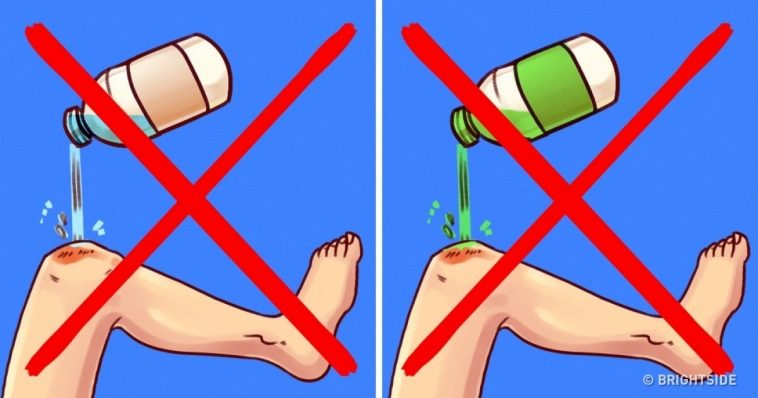
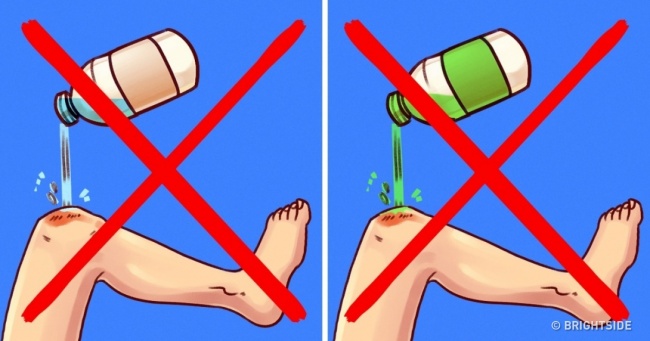
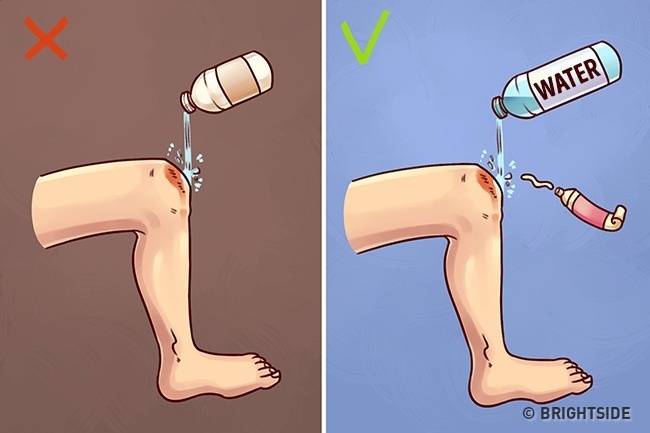
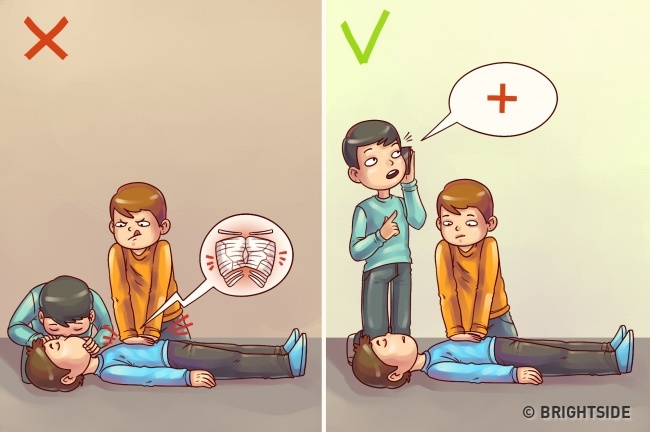
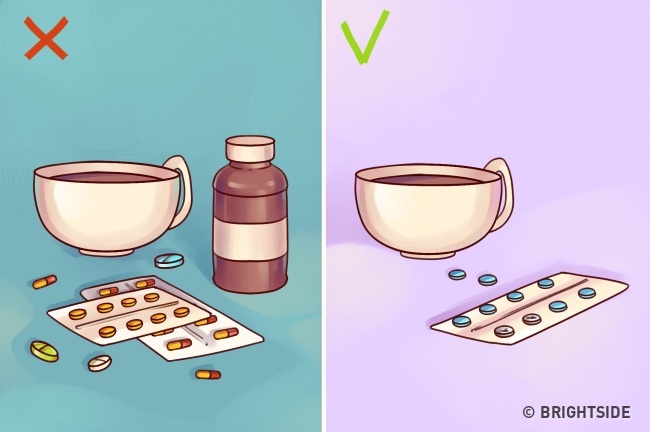
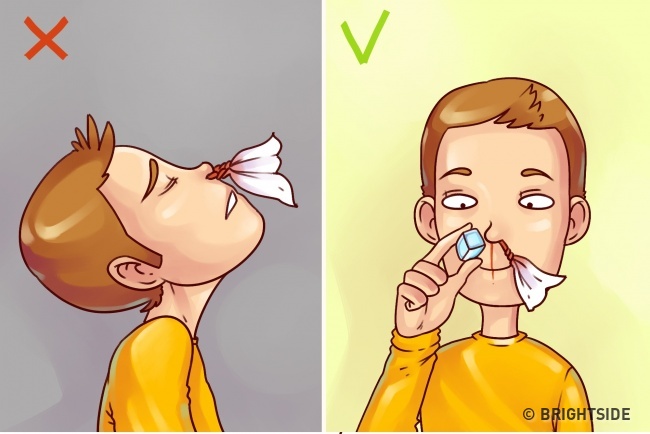

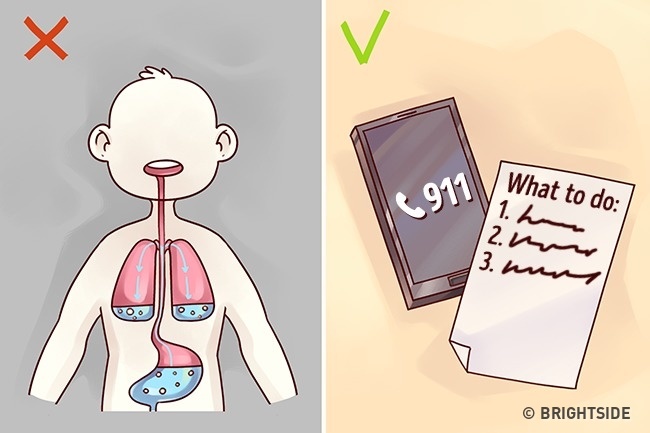
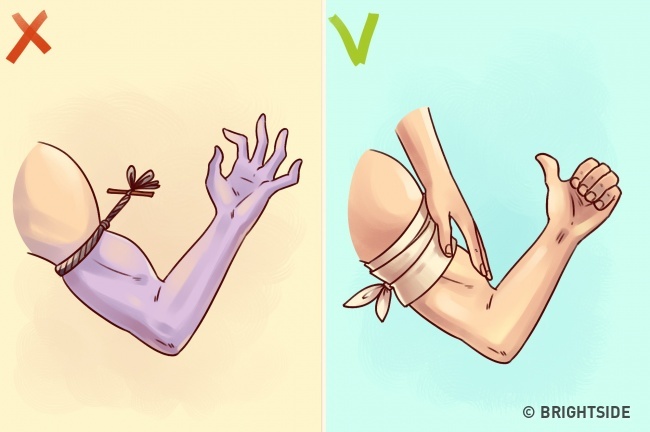
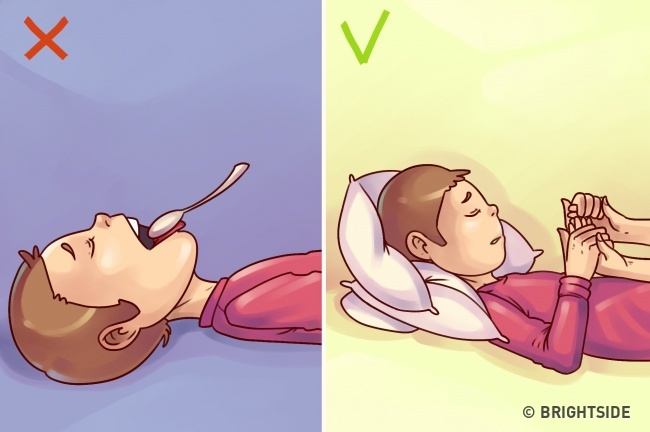
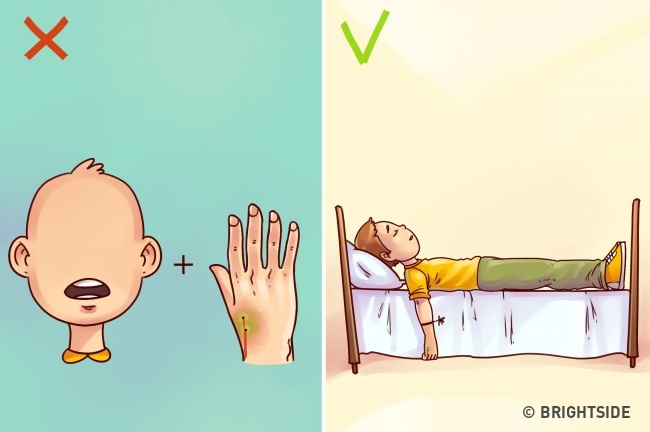
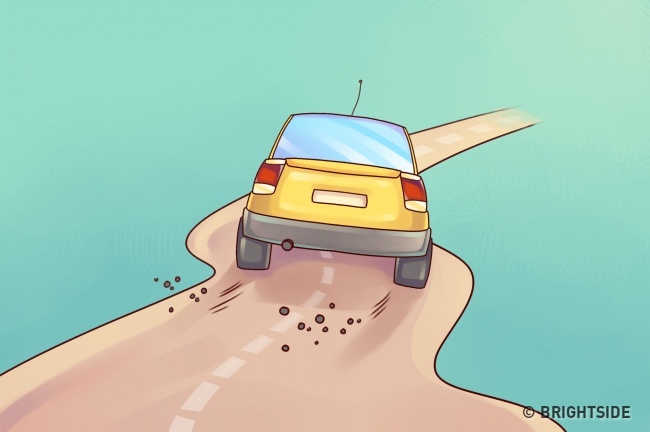


Comments